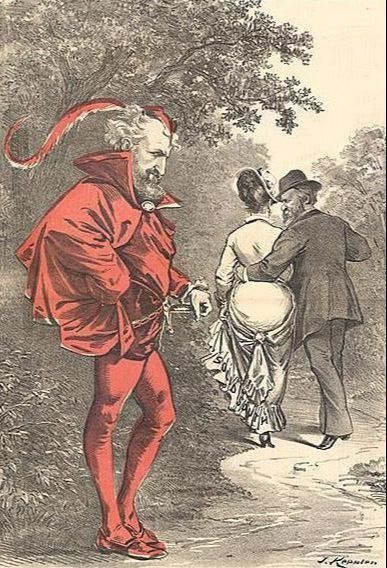The Compromise of 1877 Ends Reconstruction

In 1875, it was widely assumed that President Ulysses S. Grant would run for a third term as president, despite the 2-term tradition set by the first president, George Washington. Grant's inner circle advised him to go for a third term and he almost did, but the House passed a resolution declaring that the two-term tradition was to prevent a dictatorship.
President Grant ruled himself out of running in 1876 and Ohio's governor, Rutherford B. Hayes, was the eventual Republican nominee. New York's governor Samuel Tilden was the Democratic nominee.

The results of the election remain among the most disputed in US History. Without a doubt, Tilden won the popular vote over Hayes by about 250,000 votes. However, in American presidential elections it is the electoral votes that matter most.
After the first count, Tilden won 184 electoral votes to Hayes' 165, with 20 electoral votes from four states reporting disputed results. Both political parties' electors reported that they were the winners in Florida, Louisiana, and South Carolina.
In Oregon, one elector was replaced after being declared illegal for being an "elected or appointed official".
The question of who should have been awarded these electoral votes is the source of the continued controversy.
Congress created an Electoral Commission on January 29, 1877 to resolve the dispute. It consisted of 15 members: five each from the House and Senate, plus five Supreme Court justices. Eight members were Republicans and seven were Democrats. An informal agreement was struck that became known as the Compromise of 1877. Following this agreement, the Commission voted along party lines to award all 20 disputed electoral votes to Hayes, thus assuring his electoral victory by a margin of 185–184.
The Compromise of 1877 was that Southern Democrats would acknowledge Hayes as president, but only on the understanding that Republicans would meet five demands. The five key points of the compromise were:
- The removal of all remaining military forces from the former Confederate states. At the time, U.S. troops remained in Louisiana, South Carolina, and Florida, but the Compromise completed their withdrawal from the region.
- The appointment of at least one Southern Democrat to Hayes' cabinet.
- The construction of another transcontinental railroad through the South and Texas.
- Legislation to help industrialize the South and restore its economy following Reconstruction.
- The right to deal with African American citizens in southern states without northern interference.
Hayes was peacefully inaugurated in March of 1877. Points 1 and 2 of the compromise took effect. Hayes had already announced his support for the restoration of "home rule", which would involve federal troop removal, before the election. David M. Key of Tennessee was appointed to Hayes' cabinet. It was not unusual for a president so narrowly elected to select a cabinet member from the other party. Points 3 and 4 were never enacted; it is possible there was no firm agreement about them.
Point 5 had already begun in much of the south, but with when the remaining military forces were removed, African Americans across the south lost many of their rights. White supremacists took control of most governments and enacted laws and policies specifically designed to deny Black citizens their rights.